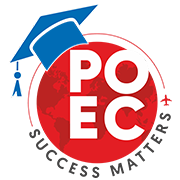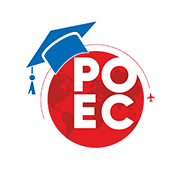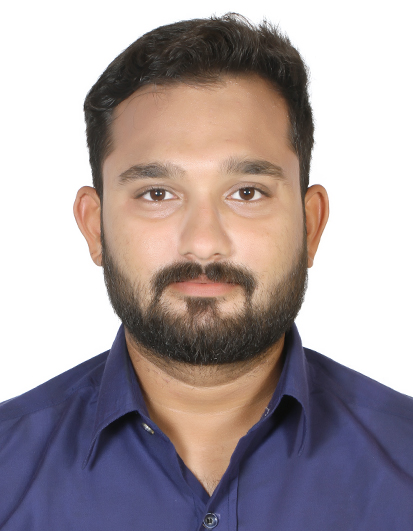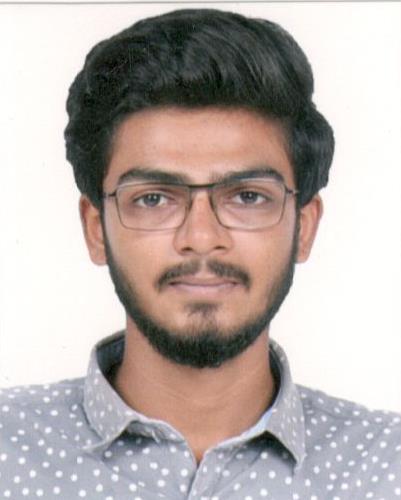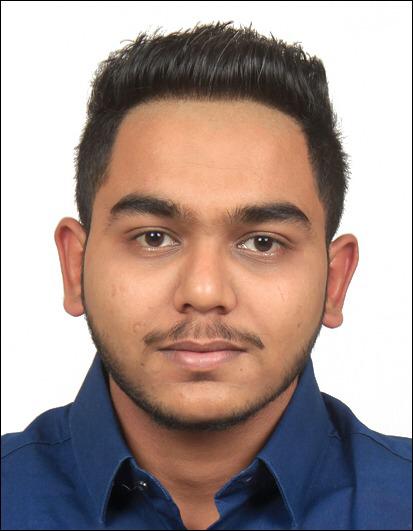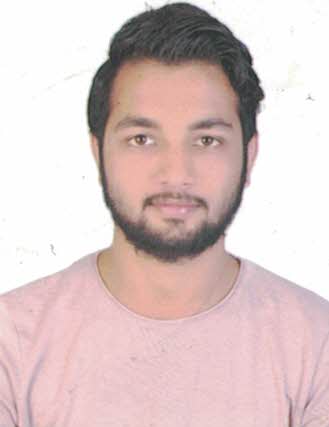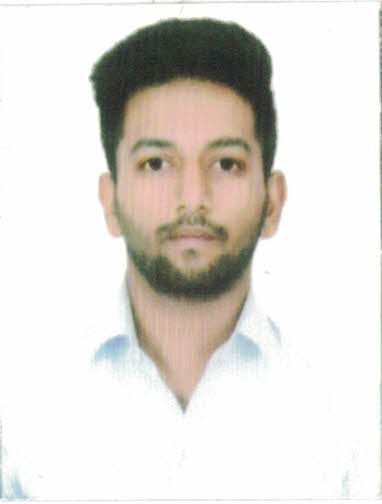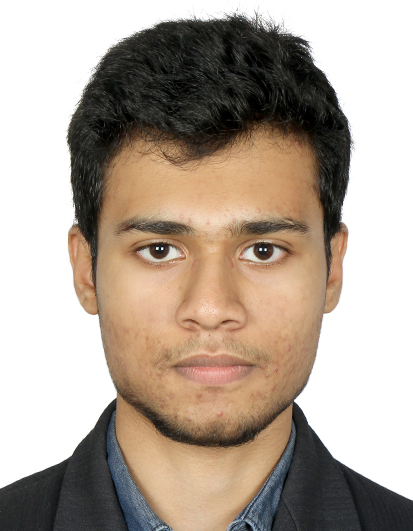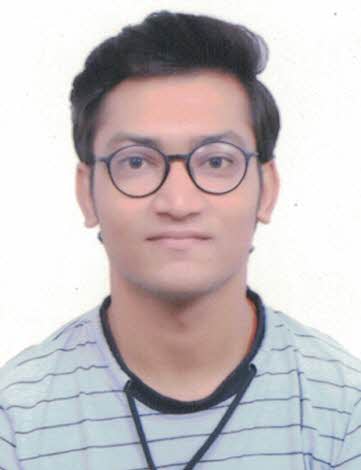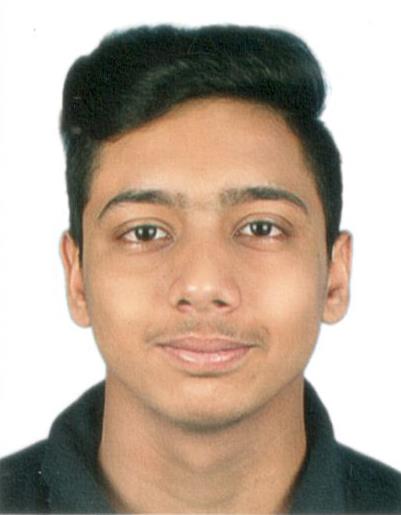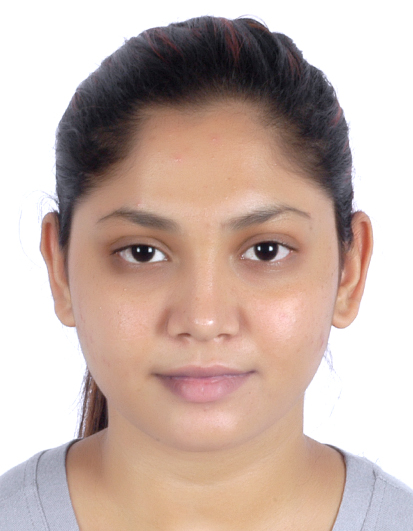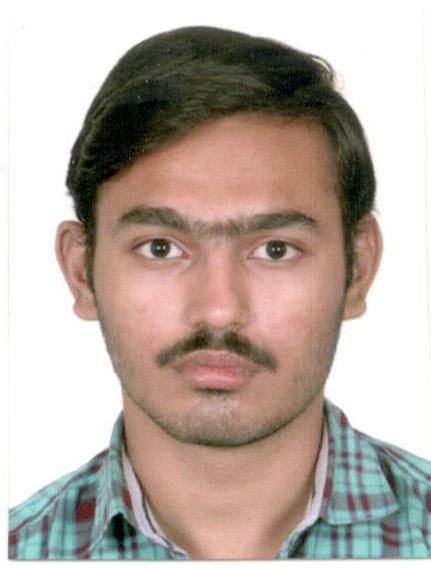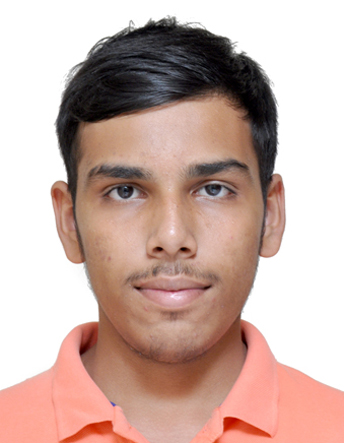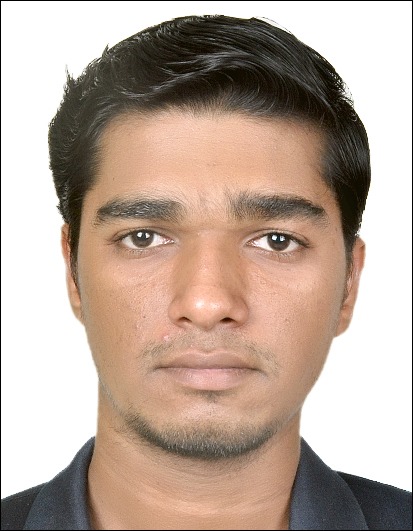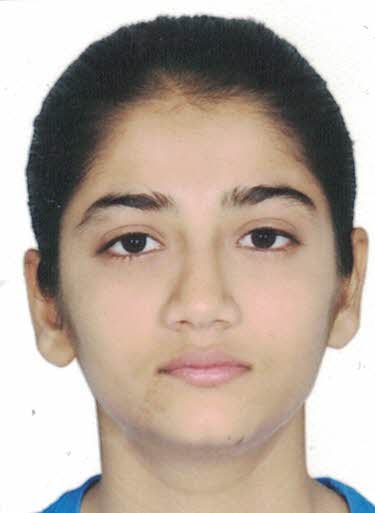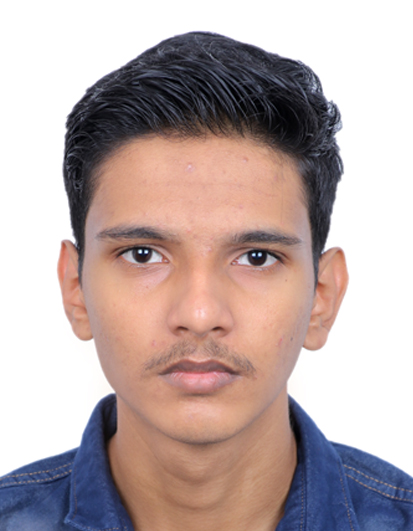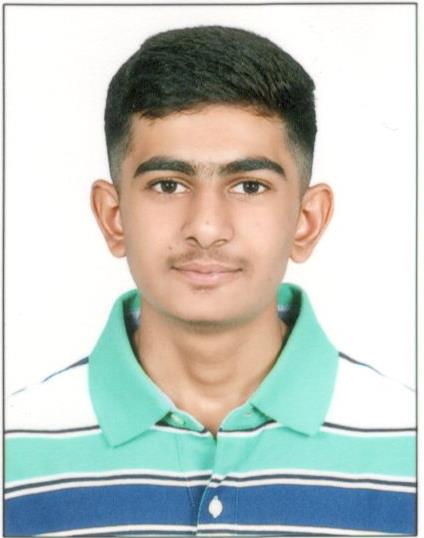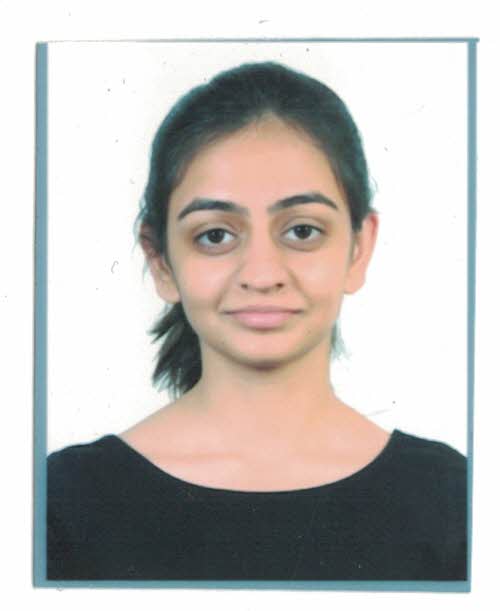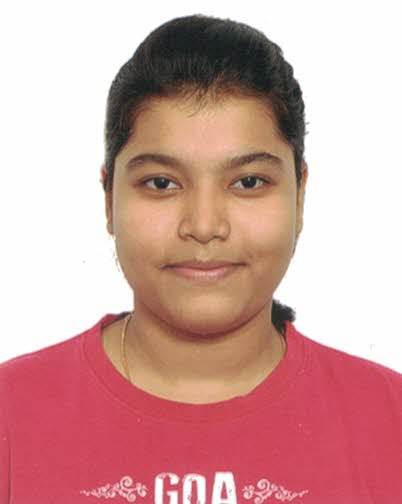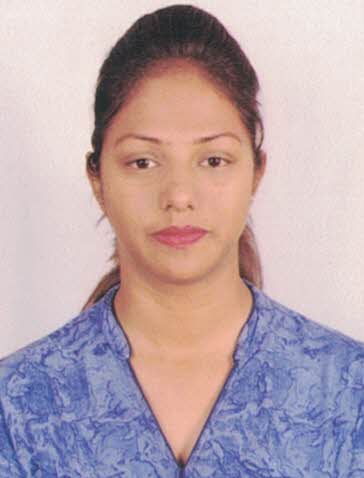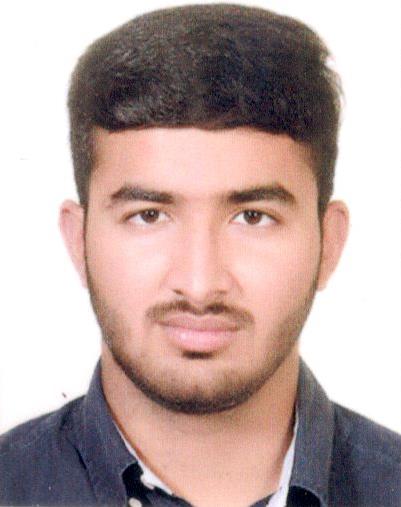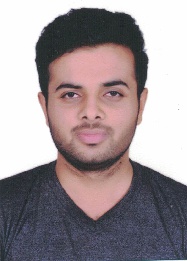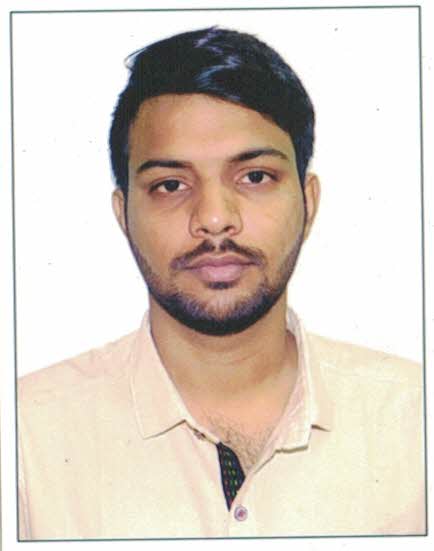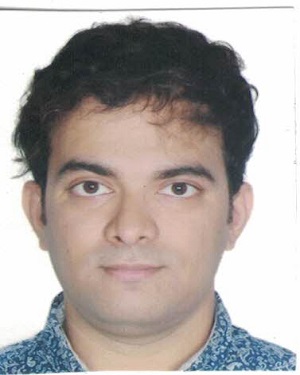- About The Country
- Student Life
- Admission Process
- Exams
- Cost of Living
- Visa
- Checklist Departure
- Post Study Options
Education System
Many international students, scholars and visitors are surprised to learn that the United States has no national education system. The Federal government can influence education only by the funding it offers, but this is limited. Unlike CBSE board examinations in India, there is no national high school graduation examination. There are, however, state graduation examinations, and students must pass these.
College Fit
At the higher education level, students have a wide range of options when they choose a college or university. Although there are agencies that attempt to rank American colleges and universities, the concept of "fit" is also important. The GPA* of admitted students are important, but majors offered, location, number of students enrolled, and campus culture are all factors influencing a prospective student’s decision. Some colleges and universities are publicly funded, while others are privately supported.
*GPA means grade point average. It is the average of all grades received.
Popular student destinations
The top universities in US are Princeton University, Harvard University, Yale University, Columbia University and Stanford University (in no particular order). The area of New England on the east coast of the US is the centre of all its renowned academic institutes. Most of the best colleges in the country are situated in cities like Boston, New York, Cambridge, Old Saybrook, and New Haven. About 96,750 Indian students were studying in the US during the academic year 2012-13. Business Management, Computer Science, Finance and Accounting, Economics, Communications/Media are the popular courses Indian students pursue in the US.
Safety in US
Being a diverse country, the United States is the safest place for students, particularly from India, and there is no need for any fear about racism. So in that sense, US is a safe country for Indian students.
Weather
Southwest - The Southwest has a hot desert climate and covers cities like Phoenix, Las Vegas. The average temperature in summers would be around 40°C to 25°C; in winters it would be around 18°C to 4°C.
Southeast - The southeast has a warm to hot, humid climate and covers cities like Houston, New Orleans, Atlanta, and Charleston. The average temperature in summers is around 35°C to 25°C; in winters it is around 10°C to 0°C.
Midwest - The Midwest, Northern Plains, Great Lakes, and New England regions have a humid climate and cover cities like Wisconsin, Michigan, and Ohio. The average temperature in summers is around 28°C to 15°C; in winters it is around 0°C to -9°C.
Atlantic Coast - The central plains and East Coast has a temperate humid climate and covers cities like St. Louis, Cincinnati, and NYC. The average temperature in summers is around 30°C to 18°C; in winters it is around 4°C to -3°C.
Pacific Northwest - The Pacific Northwest has an oceanic climate and covers cities like Seattle, and Portland. The average temperature in summers is around 30°C to 18°C; in winters it is around 4°C to -3°C.
Lifestyle tips
The United States is a dynamic country, covering the breadth of a continent. Many cultural currents exist and coexist within American life. To mingle with the local crowd, you need to keep in mind that the lifestyle of Americans is a lot different than Indians. You need to include more activities in your life if you really want to get to know and meet new people.
Know about Professional Sports - One way to break ice with the locals is to talk about professional sports like NFL or NBA or any other local sports. Sports play an important role in mingling with locals.
Outdoor activities – Americans love spending their time outdoors and prefer taking part in outdoor sports and games. Their lifestyles are more active and they prefer spending time meeting new people and trying out new and different set of skills.
Music Concerts, Night Life – Every weekend people go for social events like music concerts and performances or may be just going to a bar to watch a game. Weekends are for socialising and relaxing, so it is possible that your friends or classmates might invite you to a club. All you need to have is an open mind to meet new people and socialise.
Indians living in US
There were nearly 1.9 million Indian immigrants living in the United States in 2011. They represent the third-largest immigrant group by country of origin, after Mexico and China.
US government records claim that immigrants from India are better educated, more likely to have strong English language skills, arrive on employment-based visas, and are less likely to live below the poverty line than the overall immigrant population.
Almost one-third of all Indian immigrants reside in just two states: California and New Jersey. More than one-quarter of all Indian immigrants live in three major metropolitan areas: New York, Chicago, and San Jose.
Accommodation
Firstly, you need to decide whether you want to live in university managed accommodation, or with a private landlord. Choosing university managed accommodation can also give you a catered or self-catered option. Catered accommodation offers the benefits of your meals being cooked for you and a degree of certainty with meal costs.
If you have an idea about what you prefer, the accommodation office at your university will be able to tell you what accommodation they have available - so that’s the place to start. If you are thinking of renting from a private landlord or if your chosen university can’t offer you anything in its own residential facility, the accommodation office should be able to provide you with a list of private properties and landlords in the area.
Wherever you choose to live, you should make sure that you know your contractual rights and responsibilities. In most cases you will be asked to enter into a tenancy agreement, which you should read thoroughly before you sign.
Orientation
Orientation week is mandatory for international students so ensure and you arrive before it starts. This is the time where you will be introduced to the university and its services, as well as enrol in your classes. It is essential that you read your guidebook, which is provided by the college. The guide explains each part of the admission process.
Activities
Along with sports, colleges offer extra-curricular activities that provide students a wide range of experiences. Music, drama, science and literary societies in colleges offer opportunities for outdoor education and other leisure activities. Visits to theatres, concerts, and places relevant to the courses of study such as art galleries and museums, religious centres or historical sites, scientific companies and projects are all part of college life.
Requirements
These vary between study programs and levels. For each course, Indian students will need to meet a minimum English language requirement. Along with that a minimum academic record of 65% and above for humanities stream in class XII, and 70 - 80% and above for Science/Commerce stream in class XII will also be required. Foundations and Diploma programs are available for students who have secured below 60%. The student should have completed 18 years of age before joining a degree program.
It is important to note that these numbers are just for reference purpose, the actual numbers may differ from university to university.
The following documents also need to be submitted:
- Attested copies of mark sheets of class X, XII, and the Bachelor’s degree (if applicable)
- At least, two academic reference letters from professors who have taught you most recently.
- If you have work experience then two letters of recommendation from the employer/manager who knows you well and can comment on your professional abilities
- Statement of Purpose (SOP)
- Resume
- Photocopied score reports of GMAT / GRE / IELTS / TOEFL
- Portfolio (in case of students applying for art and design courses & architecture programs)
- Others (certificates / achievements at the state and national level and extracurricular activities)
- Proof of funds
Timeline
Most of the US colleges accept online applications. You will have to visit each college's website to apply. In most cases you will have to make an account on the college website to provide your basic information, submit the scanned version of your documents, and pay application fees. You will be informed about the application process and its stages through this account. Please refer to the website of the colleges of your choice to know the process of applying.
Application fee
All colleges require that you pay an application fee while applying. The fee amount will differ depending upon the college and course being applied to, so check with individual colleges about their application fee.
Steps: The common steps to applying for admission are as follows:
- Search for colleges and courses
- Contact schools and visit websites for information
- Narrow down your list of schools
- Take the entrance exams like SAT, GMAT, GRE, TOEFL, IELTS
- Write SOPs and ask for LORs
- Apply to the colleges which fit your interests
- Appear for video interviews of the colleges that shortlisted you
- If accepted, apply for student visa
Essay
Essays are also required to be submitted by a prospective student. Essays are an important part of the university admissions process. Students may be required to write one or two essays, along with a few optional essays too. Common topics include career aspirations, strengths and weaknesses, skills, experiences, and reasons for considering a particular school.
SOP
A Statement of Purpose (SOP) is your introduction to the college and admission officers. It is always written in first person and describes the reason for applying to a particular college. It needs to highlight why you are a perfect fit for the college and why the college should accept you. The style of writing could differ from formal to casual, but it is important to remember that it should reflect on your personality as well.
LOR
A letter of recommendation (LOR) is a reference letter written by a third party describing the qualities, characteristics, and capabilities of the prospective student to recommend him to the college in terms of that individual’s ability to perform a particular task or function. The third party could be a professor, direct manager etc.
Intake seasons
There are two main intake seasons of US universities, the session starts mainly in September and January but some institutions have intakes in May, July and October as well. The Major intake season for the top courses in US is September, while the minor intake season is January, which is meant for a fairly small number of courses.
You should start your admission process around six months before the application deadline. Typically most universities have three deadlines, from October to January. It is up to the convenience of the students, which deadline to aim for. You should be done with your language and aptitude tests by three months before the deadline. The last 3 months should be dedicated to filling out the application form properly.
It is essential to ensure that the ‘complete application process’ along with appearing for interviews and visa application procedure should be complete by June or July for the September intake.
The main intake season for top colleges and courses is the fall season i.e. September. It depends on what course you are looking to pursue, because many courses don’t have the January intakes.
If you are looking to get admission into vocational courses, then some courses may have admissions open in January and perhaps even May or July.
Language exams
International English Language Testing System (IELTS), Test of English as a Foreign Language (TOEFL) and Pearson Test of English (PTE) are all standardised language tests, which are required to be taken for the purpose of getting admission to colleges. These follow different formats, structure and result bands. These tests are all different in various ways but many colleges ask for any one of the results. So it's up to the student to decide which exam to appear for.
Repetition of exams
IELTS can be taken unlimited number of times. TOEFL can be retaken as many times as wished, but cannot be taken more than once in a 12-day period. Same with PTE, it can be taken as many times as desired. You must wait to receive your scores before you can book your next test.
Time to apply
Ideally, if you are aiming at the September intake you should appear for these exams by November, so that you can apply before the first deadline. The universities you will be applying to will mention which exam results they will accept. But if they give a choice to go for either of these, then the choice depends on you. The time required to prepare for IELTS/TOEFL/PTE would depend on the existing English language proficiency. You may require 2 to 4 months of preparation before the exam date.
General exams
GMAT - The Graduate Management Admission Test is used to measure the abilities of the potential MBA aspirant to undertake higher education in the field of business or management. It measures mathematical, English, and reasoning skills of the student.
GRE - The Graduate Record Examination is another test required to be taken by students applying to graduate schools to pursue MA or MS. Increasingly many business schools are also accepting GRE scores for the purpose of granting admission for MBA.
LSAT - The Law School Admission Test is a standardised test and is an integral part of the law school admission process. It provides a measure of reading and verbal reasoning skills that law schools can use in assessing applicants.
SAT - The Scholastic Assessment Test measures literacy and writing skills that are needed for academic success in college. This test assesses how well the test takers analyse and solve problems—skills they learned in school that they will need in college. The SAT is typically taken by high school students to get into UG courses.
The university you will be applying to will mention which exam results will be applicable for the course of your choice. But if they give a choice to go for either of these, then the choice depends on you.
Repetition
You can give GMAT unlimited number of times, subject to five times a year and a gap of 30 days between two tests. You can take these tests with a gap of 30 days from the first time.
Ideally, if you are aiming at the September intake you should appear for these exams by November, so that you can apply before the first deadline. The preparatory duration generally ranges from 4 to 6 months.
Average Scores
The average GMAT accepted across universities is 540. Average GRE score is 155 for Verbal, 167 for Quantitative and 5.0 for Writing. Average LSAT score accepted across universities is 162.
It is important to note that these numbers are just for reference purpose, the actual scores may differ from university to university.
The cost of living depends heavily on what part of US will you be living in along with how much you will socialise. Some of the basic elements for living as an international student in US are:
- Accommodation rent (on campus or off campus)
- Groceries and food
- Utilities like electricity, water, gas, internet
- Phone bills
- Text and reference books
- Airfare for traveling back to India.
Other elements which may differ from person to person would be:
- Dinning out
- Travel and Vacation
- Car rent and Car insurance
- Cable TV connection
- Cost of Living for International Students in US
School expenses
The tuition fee varies according to different universities, courses and the city. The tuition expenses in US might be up to $10,000-$30,000 per year for an under-graduate course. And if you are thinking of applying for a post-graduate course, the cost would be $15,000-$55,000 per year approximately. It’s important to note that the cost of a program in a US school does not necessarily affect its quality. It can vary from as low as $5,000 per year for state universities to as much as $50,000 per year for some private universities.
Living expenses
On an average, a student spends approximately $10,000–$12,000 per year. But the expenses also depend on the place where a student stays. If a student stays in a metropolitan city like New York, San Francisco, Chicago etc. the expenses could go up to $15,000 in comparison to a student studying in the suburbs where the expenses would be around $8,000-$10,000 per year.
Health insurance
Insurance Policy is mandatory for international students, as students have to stay abroad for a long period of time. Insurance costs are generally around $500-$1,000 per year. Before getting an insurance make sure that it covers medical expenses, personal accident, dental treatment, study interruption, passport loss etc. Insurance is basically cashless so a student does not need to pay money at the time of hospitalisation.
Scholarships
Fee waivers are awarded to international students on the criteria of merit and need of it. Candidate with strong academics, good performance in standardised exams and extracurricular achievements would be eligible for scholarship awards and financial assistance. To benefit from these opportunities, one has to make sure to send all the required documents by particular deadlines. In addition to this, the presentation of the application is also important because one is judged by the image one projects.
Documents required
The documents usually needed for a scholarship application are as follows, although the requirements may differ:
- Academic records and photocopies
- A recent CV
- A letter of intent, which acts as a cover page
- Certificate of Language Proficiency (TOEFL or IELTS scores)
- Letters of Reference (LOR)
Loans
Student eligibility criteria: The first thing is to be aware whether you are eligible to apply for the loan or not. The general eligibility criteria that are followed by all the banks are:
- You should be an Indian national
- You must have a strong academic record
- You must be seeking admission to a professional, technical or other course of studies. Most banks maintain that the selected course should be job oriented.
- You must have secured admission to foreign university institutions.
- You must be above the age of 18 years or else your parents can avail the loan.
Eligibility of course: You may not get a loan on every course. Here are the kinds of courses that qualify for the education loan.
- For Graduation: Job oriented professional or technical courses offered by reputed universities
- For Post-Graduation: MCA, MBA, MS and also diplomas
- These courses could be from foreign universities or institutes approved by the state and central government.
Loan amount
If your total fee is Rs 10 lakh, the bank may offer to give a loan of 80% of the amount and you will have to put in the balance 20%. This is called the margin amount. The maximum loan amount for studies abroad is generally around Rs 20 lakh by the bank. If your tuition fees amount is Rs 30 lakh, you’ll have to manage the rest of the funds by yourself. Some banks charge a processing fee, while others don’t. It may be a fixed amount or a percentage of the total loan amount. So if the bank charges you 1% as processing fee, that will be an additional cost you’ll have to cover.
Documentation required
You will have to provide the acceptance letter sent by the University reflecting that you have been selected for the course and the schedule of fees. You will also need to show the mark sheet of the last qualifying examination to show your academic record.
All banks have different requirements for documentation, so you need to confirm with the bank first.
Repayment
Repayment starts only after the course period. If the student got employed within one year after completion of the course, the repayment should start immediately after the expiry of one month from the date of employment.
If you do not secure a job within a year of completing the course, then repayment starts irrespective of whether or not you are employed. The loan is generally to be repaid in 5-7 years after commencement of repayment. If the student is not able to complete the course within the scheduled time, extension of time for completion of course may be permitted for a maximum period of two years. Generally, you will get up to a maximum number of 10 years to repay the loan.
Conditions
If you want to attend a university or college in US you will need a student visa called F1 visa.
- Valid Passport - Your passport must be valid for at least six months beyond your period of stay in the US.
- Non-immigrant Visa Application, Form DS-160 confirmation page
Application fee payment receipt
As you are required to pay before your interview
Photo
The US consulate will upload your photo, and for the same purpose you will have to fix an appointment with the consulate. You will have to visit the Consulate centre. A digital photograph of yours will be taken and along with that, all your fingerprints will be scanned. You’ll have to carry an approval receipt given by the consulate after successfully taking your photograph and finger scan.
Certificate of Eligibility for Non-immigrant (F-1) Student Status - Your school will send you a SEVIS-generated Form I-20 once they have entered your information in the SEVIS database. You and your school official must sign the Form I-20. All students, their spouse and minor children if they intend to reside in the United States with the student, must be registered with the Student and Exchange Visitor System (SEVIS).
Note
Additional documentation may be required. During the personal interview additional documents may be requested by the interviewer. These may be documents to prove evidence of academic or financial status. These include:
- Transcripts, diplomas, degrees, or certificates from schools you attended
- Scores from tests that your US school required, such as the TOEFL, SAT, GRE, or GMAT
- Your intent to depart from the United States upon completion of the course of study
- How you will pay all educational, living and travel costs
Process
There are several steps to apply for a visa.
- Complete the online Visa Application Form DS-160. After completing the online visa application, you will be required to pay the non-refundable visa application fee. You are required to pay it before your interview. It can be paid online or through a bank transaction as well.
- Print the application form confirmation page to bring to your interview.
- Schedule a biometric appointment and Interview appointment.
- For the Biometric appointment, you will be required to appear in person to get your photograph clicked for the visa and get your fingerprints scanned.
- At the Personal interview, the interviewer will ask you questions about your choice of course, college, finances, and intent of coming back. If s/he is convinced, they will keep your passport with them to get the visa stamped.
- F-1 student visas can be issued up to 120 days before the starting date of your course of study. However, you will not be allowed to enter the United States on F-1 status earlier than 30 days before your start date.
Work permit
During the first year of studies, students cannot accept off-campus employment at any time. Under certain circumstances, the US Citizenship Immigration Services (USCIS) may grant permission to accept off-campus employment after one year of study, but this is very rare. F-1 students may accept on campus employment in your university without seeking prior permission from USCIS.
Students cannot work more than 20 hours per week. During holidays, breaks and summer sessions, the student may work up to 40 hours per week. The student can work for a commercial firm that provides services to the college, such as a bookstore or cafeteria. Working for more than 20 hours will lead to problems involving reinstatement of student status to deportation.
Off-campus employment like hotels, motels, gas stations, liquor stores etc. is illegal. If caught, that could possibly lead to deportation or problems during future immigration related work authorisation.
Visa for spouse
The spouse or children of the student gets F2 visa, which is a dependent visa.
A spouse on F-2 status may not enrol for a full course of study, but can take classes that are vocational or recreational in nature like pursuing a hobby or interest, such as cooking or tennis. A child on F2 status is allowed to attend elementary, middle, or high school as a full-time student. They may not enrol in a full-time course of study at a college or university.
The spouse and children of students cannot accept employment at any time.
Pre-departure list
- Book airline tickets
- Buy travel and health insurance
- Arrange accommodation in US
- Arrange transportation to/from the airport to home in US
- Arrange your banking – consider buying traveller’s cheques
- Check baggage and customs limitations
- Clear all paperwork with your home educational institution
Get your documents in order and make photocopies to store in your baggage and keep at home, including:
- Passport
- Airline tickets
- Travel insurance certificate
- Letter of Acceptance by the educational institution;
- Key addresses and phone numbers
- A bank statement showing proof of funds
- Prescriptions for any medication you are carrying
- Traveller’s cheques—if applicable
- Medical and immunisation records
- Academic history and university transcripts
OPT (Optional Practical Training)
If students want to stay back in the US to gain practical knowledge in their subject, they have the option to do so through OPT. it is a temporary employment permission allowing students the opportunity to gain practical experience in their field of study for 12-month period.
- Pre-completion OPT
- Post-completion OPT
If the students want to do work related to their field of study, they can do so through pre-completion OPT. Students currently pursuing studies acquire work authorisation through this permit and the work may be part-time during classes and full-time during vacations.
Duration
Students are allowed 12 months of OPT for all Bachelors and Masters Degrees. Those pursuing STEM courses get an additional 17 months (making a total of 29 months) under STEM OPT extension.
Students who have completed their education, and want to work more than 20 hours per week require post-completion OPT. This OPT is granted for full-time employment. While on OPT, students cannot pursue a new course of study, unless you are a PhD student.
Applying for OPT
The student needs to initiate the request for OPT by having their DSO (Designated School Official) recommend OPT. Fir this the DSO needs to:
- Endorse Form I-20
- Making appropriate notes in SEVIS.
After that the student fills Form I-765, which is the application for EAD (Employment Authorization Document). Once approved, the student is issue EAD. The student can start working once the EAD is issued.
Co-Op Education Program
In a Cooperative program, period of study alternates with work. The Student Co-Op Program is a formally structured program where the intent is to recruit students, while still in school, to fill permanent positions upon graduation. Co-op programs are generally undertaken at colleges and universities. The salary will most probably be given on hourly basis and depending on your choice of course or major, you can make around $10-$16 per hour.
Placements
Indian students are used to the concept of campus placements and on-campus recruitment for getting jobs. There is no concept of placements in America. Most US universities have a cell called a Career Services Centre, which helps you get jobs and helps you prepare for interviews. The on-campus recruitment is always driven by student interest. Companies that recruit through the university do not offer a job directly. What they offer is an internship or co-op. Companies like to see your work for a few months before they hire you full time.
